|
Peace Service of First Battalion—Second Battalion in Mahratta
Wars—Nagpore—Maheidpoor—Asseerghur—Burmese War—Ava—The Rebellion in Canada.
The history of the first battalion from 1816 to 1853 is
summed up in peaceful moves from one station to another at home and abroad,
but there are a few items which must be recorded. On January 23, 1820, the
regiment lost its royal colonel by the death of H.R.H. the Duke of Kent. He
took his colonelcy seriously, and did much for The Royals. He was succeeded
by George, Marquess of Huntly, afterwards Duke of Gordon, who had been in
the 42nd Highlanders.
A year later George IV ordered that the regiment should
resume its earlier name of the “First or the Royal Regiment of Foot,” and
“The Royal Scots” ceased for a time to be its official title.
In 1826 the first battalion moved from home to the: West
Indies, and there pursued an uneventful career until 1835.
In 1834 Colonel the Duke of Gordon was removed to the Scots
Guards, and The Royals welcomed as Colonel their old friend Sir Thomas
Graham, Lord Lynedoch, who had fought alongside them at Toulon more than
thirty years ago and had seen their work on many a stricken field. In 1843
he died, and was succeeded by General Sir George Murray.
Second Battalion
We have to look to the second battalion during this time for
maintaining the fighting tradition of the regiment. We pick up the story of
their service in India where it was left on p. 143, busy with the Pindarees.
In 1817 fresh trouble was brewing with the native princes,
which soon turned to war. Part of the battalion under Brevet-Lieut.-Col.
Fraser was with the second division commanded by Doveton and part with the
first division of the army of the Deccan under Hislop. A British force wras
attacked at Nagpore, the capital of the Mahratta territories, and The Royal
Scots went by forced marches to its relief, the only European regiment in
Doveton’s division. The Rajah was a treacherous gentleman, so the General
walked warily when he offered ta surrender his guns and disperse his troops.
On December 16, the day arranged for the surrender, the British marched
forward in battle order to take over the guns. The first battery was given
up without opposition, but on the troops entering a plantation the enemy
fired. The Royals and their Indian comrades made short w’ork of their
enemies and captured 40 elephants and 75 guns. The siege of the city of
Nagpore followed. The Arabs and Hindus put up a good defence, and
successfully resisted the storming parties of The Royals, even though they
w'ere led by veterans from the Peninsular wars. On December 24, however, the
enemy surrendered, and “Nagpore” marks on the regimental colours the
gallantry of the assault.
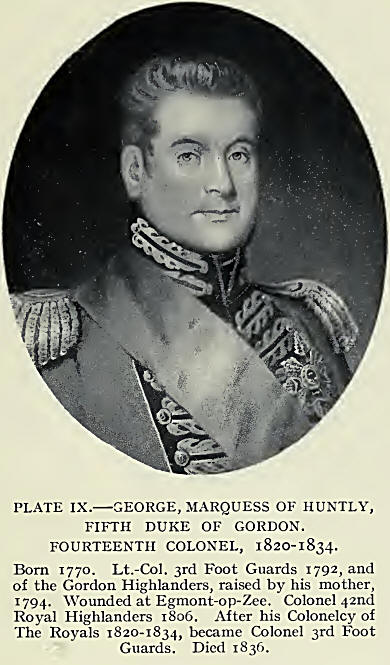
Meanwhile the two flank companies with Hislop’s army, in Sir
John Malcolm’s brigade, were busy with the campaign against Holkar, another
of the Mahratta princes, near Maheidpoor. As they were crossing the Suprah
river, they suffered from a heavy cannonade. The Royals rushed forward with
irresistible 61an, bayoneted the artillerymen, and saved the situation:
Lieut. M'Leod fell gloriously in the charge. The rout of Holkar’s army
followed, and “Maheidpoor” tells the story on the colours.
But Holkar’s army was not yet broken beyond redemption, and
the flank companies joined in its pursuit.
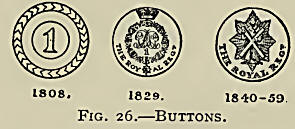
 By
February 27,1818, they had marched southward to Talnere, a fortress which
Holkar had agreed to give up. Its defenders, however, treacherously fired,
and a summons to surrender brought no answer. The Royals were ordered to
attack a gate which looked weak, and they entered in single file. By
February 27,1818, they had marched southward to Talnere, a fortress which
Holkar had agreed to give up. Its defenders, however, treacherously fired,
and a summons to surrender brought no answer. The Royals were ordered to
attack a gate which looked weak, and they entered in single file.
At the third gate they were met by the Killedar, Holkar’s
commander, and some parley took place. At the fifth and last gate they were
stopped, but The Royals entered by the open wicket. Four fell dead,
including Major Gordon, but Private Sweeny kept the wicket open with his
musket until the rest of the storming party could break through.
Captain M‘Gregor was killed at their head, but the fort was
won. The Killedar did not play the traitor again, for they hanged him that
night, [ and the whole garrison was put to the sword. The Royals were soon
after engaged at the reduction of the forts at Trimbuck and Malleygaum.
While the light companies had been thus busy, the eight battalion companies
were, with the army of the Deccan, pursuing the Peishwah until his
surrender, and returned then to Taulnah.
Five companies were engaged in the siege of Asseerghur, “The
Gibraltar of the East,” when Lieut.-Col. Fraser fell.
Four years of peaceful duty followed, but the battalion
embarked in January 1825 for Rangoon, to take part in the Burmese War. The
operations were trying in the extreme owing to the poisonous climate, and
the battalion lost 9 officers and 418 men mostly from disease, but the
fighting casualties were few. Nevertheless the signing of peace at Ava, the
Burmese capital, in February, crowned a campaign which, for all its lack of
spectacular elements, proved the solid determination of The Royals to
achieve success, and “ Ava ” on the colours represents much heroic work.
The Indian service of the battalion closed in 1831, and it
was not back at its quarters in Edinburgh until January 6, 1832, “ tattered
and torn.” Of all those who embarked with the battalion at Gibraltar in 1807
one private alone returned, to die soon after he got home. For four years it
remained at home stations, and in 1836 went to Canada, and the year after
was employed in suppressing the attempted Revolution organized by the “Fils
de la Liberte.”
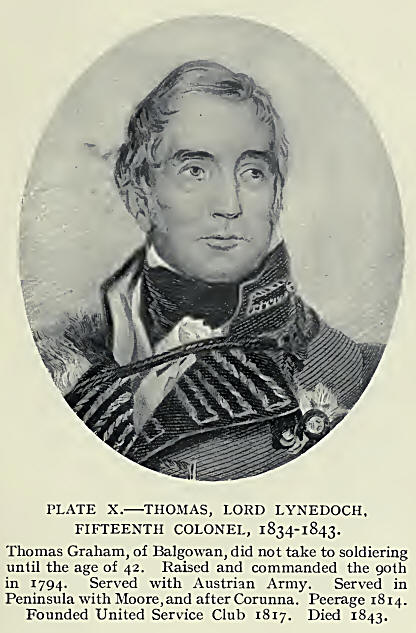
Captain Bell, afterwards Sir George, and Colonel of the
regiment, did good service when in command of the Fort at Couteau-du-Lac on
the St. Lawrence. In the middle of the hard Canadian winter, he recovered 16
guns which had been sunk in the river, and succeeded in unspiking and
remounting them. The Royals were in the action at St. Charles when the
rebels there were annihilated amidst scenes of horror too unpleasant to be
set down here, and took part in Colborne’s expedition which marched from
Montreal to St. Eustache and so roughly handled the rebels that the flames
of the Revolution died out.
The next six years passed in Canada uneventfully, except for
the wreck of the transport Premier with the headquarter wing on board as the
second battalion was on its way to the West Indies.
All behaved with notable coolness and courage, and no lives
were lost.
Garrison duty in Barbadoes brought little excitement. Two
companies were sent to Demerara, and Colonel Bell makes the following grim
note about the barracks there—
The graveyard was under the men’s windows — a very remarkable
and interesting view — and well chosen by the authorities to keep invalids
in remembrance that the garrison was deposited there every seven years.
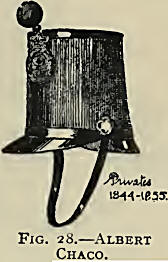 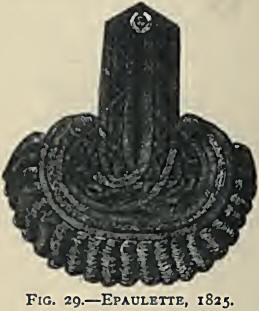
The battalion was home again in 1846, and continued at
various stations until 1852.
During the forty years covered by this chapter there were
many changes in uniform and equipment. They are set out in great detail
in The Records, and a very few words of description will suffice here.
After the abolition of the cocked hat in 1816, the regimental
chaco was worn by officers on all occasions. In 1820 short-tailed coats or
jackets were forbidden, and in 1823, breeches, leggings and shoes gave place
to trousers and half-boots. The discarded patterns, however, have had their
revenge, for the present service uniform with knickers and puttees is only a
modem translation of the old practical kit. From 1816 to I^55 there were
continual changes in the form of the chaco (Figs. 27 and 28), but the
Grenadier companies
wore the bearskin until they were abolished, as the left-hand
figure in Fig. 30 shows. Officers were loaded with embroidery, and the
coatees were so tight, in this most dandified period of military costume,
that movement of any sort must have been governed by severe discretion. The
middle figure in the same illustration is in Court dress, and wears the
single epaulette (shown in detail in Fig. 29), which was proper to officers
in battalion companies. The right-hand figure was of the Light Company.
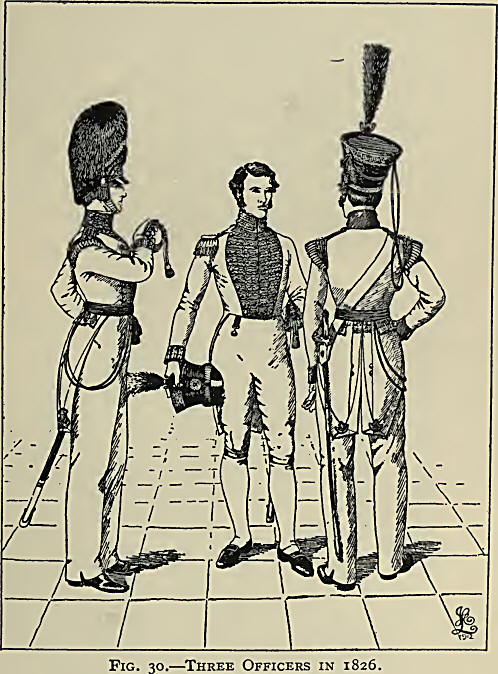
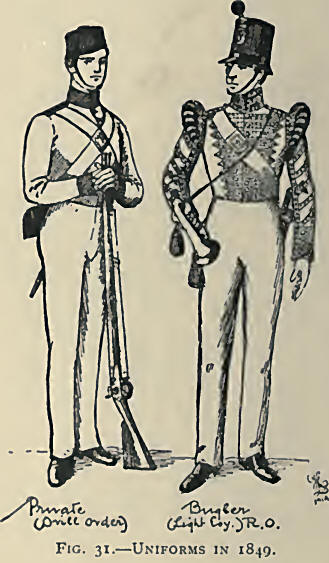
In 1829 the reaction against the elaboration and high cost of
uniforms began to set in, and a year later the gorget was abolished. White
duck trousers, which had long been worn at home in summer, were
discontinued, because they were responsible for colds and rheumatism.
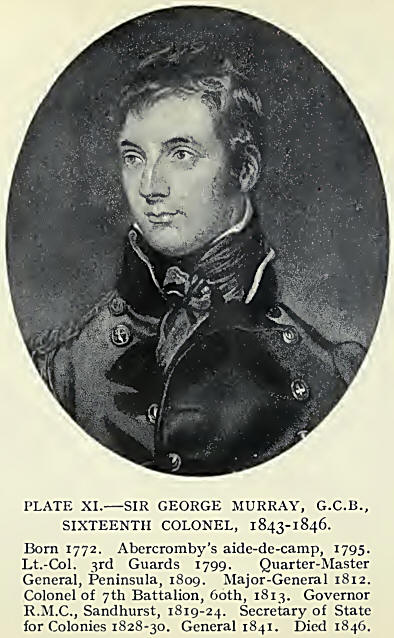
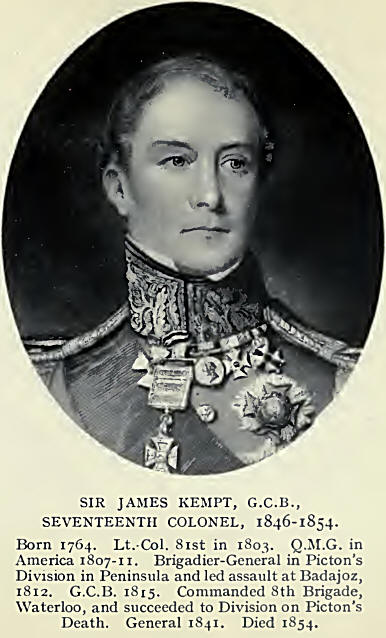
Fig. 31 shows that the private's drill order in 1849 was
simple and practical enough, but the bugler was still a gorgeous person with
his rich loops and large worsted wings of red, yellow and blue.
About this time the lavender trousers, which looked so
delicate when new and so deplorable when faded to a hundred different
shades, were discontinued. |

